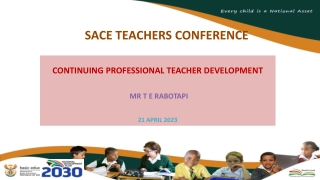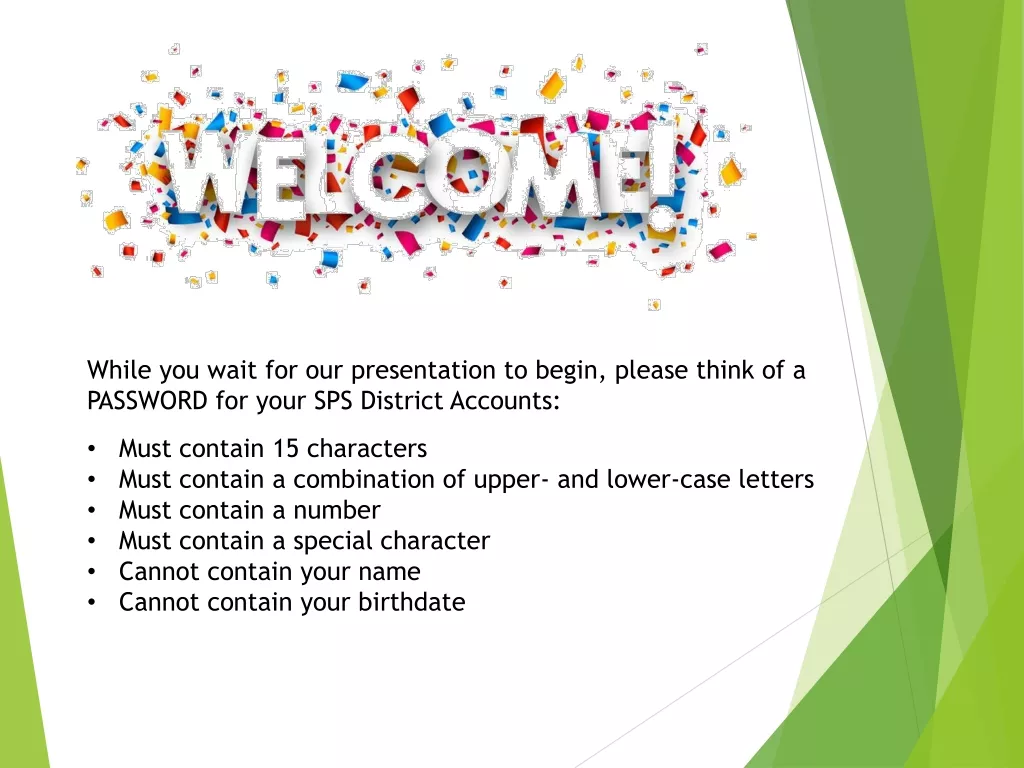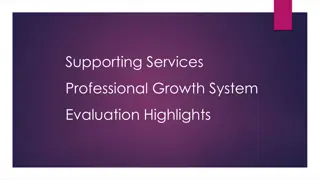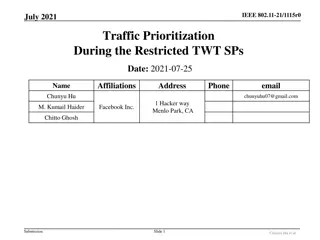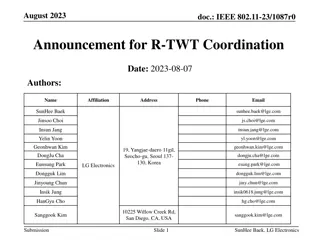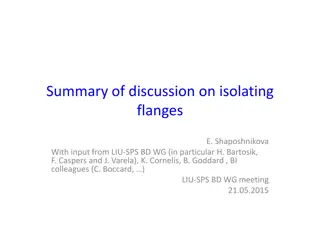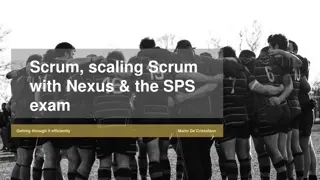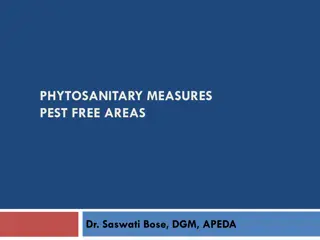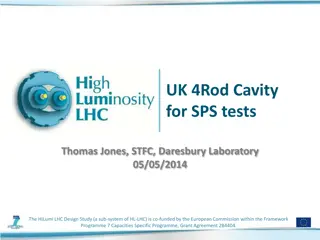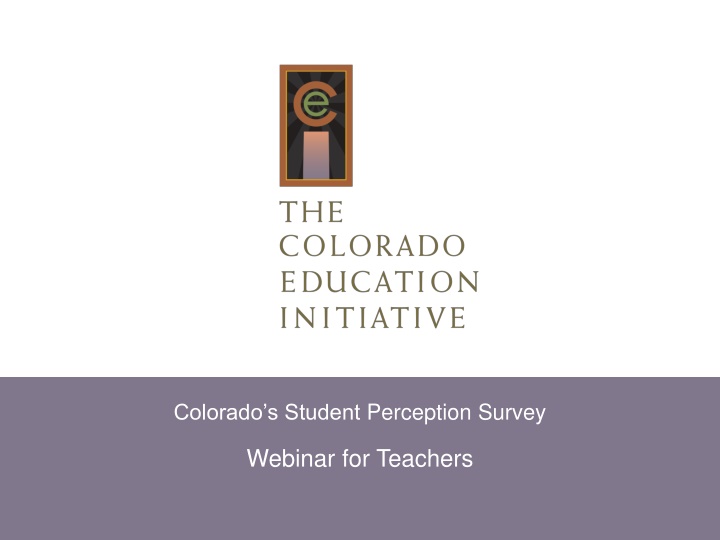
Insights into Colorado's Student Perception Survey for Teachers
Discover the significance of using a student perception survey in education, as supported by research findings. Explore the benefits, implementation, and impact of student feedback on classroom practice. Learn about Colorado's 34-item student perception survey, its development process, and how it aligns with Teacher Quality Standards in the state.
Download Presentation

Please find below an Image/Link to download the presentation.
The content on the website is provided AS IS for your information and personal use only. It may not be sold, licensed, or shared on other websites without obtaining consent from the author. If you encounter any issues during the download, it is possible that the publisher has removed the file from their server.
You are allowed to download the files provided on this website for personal or commercial use, subject to the condition that they are used lawfully. All files are the property of their respective owners.
The content on the website is provided AS IS for your information and personal use only. It may not be sold, licensed, or shared on other websites without obtaining consent from the author.
E N D
Presentation Transcript
Colorados Student Perception Survey Webinar for Teachers
Agenda Why use a Student Perception Survey? What the Research Says Survey Overview Survey Administration Use of Survey Results
Why Use a Student Perception Survey? The survey is a unique form of actionable feedback that districts, schools and teachers can use to inform practice. Students are in a unique position to contribute to a comprehensive view of classroom practice because they experience it more than anyone else in the education system. Student perception data can offer a big-picture view of what is happening in classrooms as well as school- and district-wide trends.
Student Perception vs. Teacher Perception Survey reflects the perception of students in teacher classrooms. Survey presents an opportunity for teachers to change practice based on the perceptions of their students.
What the research says The Measures of Effective Teaching (MET) Project had two significant findings around student perception surveys: When student surveys are combined with observation and student growth data, these three measures tell us more and are able to predict future effectiveness better than any of them alone. Student perception survey results are correlated to student achievement gains. The use of student feedback has also been shown to promote both reflection and responsibility on the part of the students. Research overview Bill and Melinda Gates Foundation (2012). Asking students about teaching: Student perception surveys and their implementation. (MET Project Policy and Practice Brief). Retrieved from http://www.metproject.org/downloads/Asking_Students_Practitioner_Brief.pdf Wiggins, G. (2011). Giving students a voice: The power of feedback to improve teaching. Education Horizons, 89(3), 23-26.
Colorados Student Perception Survey 34-item survey asking students about their learning experiences. Two versions of the survey, grades 3-5 and grades 6-12 Developed by the Colorado Legacy Foundation Input from more than 1,400 teachers Piloted in 16 Colorado districts Rigorous analyses confirm that the survey is fair, valid, and reliable The survey maps to Colorado s Teacher Quality Standards. Full Technical Report
What does the survey measure? Survey does measure elements of student experience that have been demonstrated to correlate most closely to student growth. Survey does not measure whether or how much a student likes or dislikes a teacher.
What does the survey measure? Student Learning How teachers use content and pedagogical knowledge to help students learn, understand, and improve. Standards I and III Student-Centered Environment How teachers create an environment that responds to individual students backgrounds, strengths, and interests. Standard II Classroom Community How teachers cultivate a classroom learning community where student differences are valued. Standard II Classroom Management How teachers foster a respectful and predictable learning environment. Standard II See the full surveys for grades 3-5 and 6-12
What Students are Saying About Teachers Overview of Student Feedback for Teachers
Survey Administration When and how often administration will happen Whether surveys will be administered online or in a paper/pencil format How students will be assigned to teachers
How Results Will Be Used As a formative tool Reflect on practice and create goals Professional growth among colleagues Identify trends and create strategies As a part of an evaluation Used as an artifact Included as one of several multiple measures A Teacher s Guide to Using Student Surveys
How to Read Results Teacher Reports School Reports District Reports
Resources for using results http://www.coloradoedinitiative.org/toolkit/teacher/ The teacher s guide to using student surveys SPS self-assessment Guide to instructional strategies for each SPS item Coaching conversations guide Goal-setting guide


